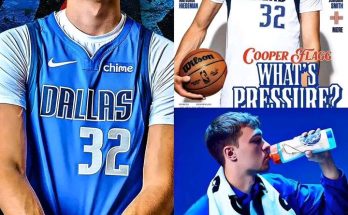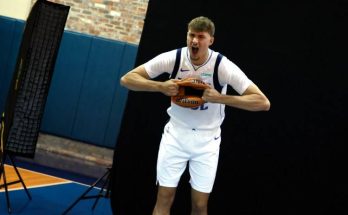Here’s a deep dive into the WNBA firestorm ignited by Angel Reese accusing the league of racial bias in favor of Caitlin Clark, following tension over Sophie Cunningham’s fine—and the broader implications
Indiana Fever’s Sophie Cunningham was fined $400 for a hard foul on Jacy Sheldon during a game against the Connecticut Sun, sparked while defending Caitlin Clark, who had been shoved earlierCunningham and fans argued the league didn’t adequately protect Clark, fueling debate on officiating standards
This pile-on followed a season marked by layered tension—from packed arenas to confrontations and social media controversy like Angel Reese reposting a mocking video of Clark
Reese publicly criticized the WNBA, claiming “I think there’s a lot of racism,” pointing to repeated incidents from fans—hate, threats, and disrespect—particularly from Caitlin Clark supporters. Though the WNBA investigated allegations of racist taunting at the May 17 Sky–Fever game, it found no conclusive evidence after reviewing video, fan interviews, and audio
Reese, who endured real-world hostility—threats, harassment, and even AI-generated nude images—underscored the intensity of backlash she faces, distinct from what Clark receives While emphasizing mutual respect between them (
The WNBA invoked its “No Space for Hate” campaign, blending social media monitoring, arena security, mental health initiatives, and rapid response teams
Despite thorough scrutiny, no racist fan behavior was substantiate. League officials, both teams, and players supported the findings, reaffirming zero tolerance for hate
Research by Rice University and University of Illinois Chicago revealed racial bias: similar actions (like gestures) by Clark and Reese received drastically different reactions—Reese was attacked more harshly when White Clark got praised
WNBA legends like Candace Parker and Swin Cash called for unity and recognition beyond the binary narrative, while analysts like A’ja Wilson noted the “matter of black and white” in athlete coverage
Reddit users echo the bias concern:
Clark wholeheartedly condemned racism and affirmed the league’s investigations. Reese thanked the league for its support but emphasized the limits of investigations in capturing lived experiences .
Cunningham’s $400 fine led critics to question consistency in officiating and whether player protection, especially for high-profile players like Clark, is equitable
With increasing aggression in games, more fouls and ejections are drawing criticism. The league must balance upholding physical standards while protecting athletes .
The Reese–Clark saga has drawn massive attention, boosting ratings, ticket sales, and jersey revenue. Cunningham alone gained nearly 1 million TikTok followers in days (Social Narrative Risks
But framing the story around race and rivalry could backfire—drowning out the rest of the league’s talent and reinforcing division. Critics urge a shift toward unity and celebration of diversity
- Strengthen Investigations
Expand tools to capture crowd behavior (e.g., arena audio, social media data) and bolster proactive monitoring. - Media Training & Guidelines
Train journalists to recognize bias, pushing beyond rivalry tropes toward equitable storytelling. - Transparent Officiating
Clarify fine structures and officiating decisions, reducing perceptions of favoritism toward top-tier players. - Player Education & Support
Develop platforms for players to share experiences, backed by mental health resources and peer networks. - Celebrate All Athletes
Promote a broad brand narrative showcasing talent across the league, reducing undue focus on just two stars.
This controversy illuminates the WNBA’s explosive growth—popularized by compelling rivalries and social media engagement—while revealing deep fault lines over race, fandom, and fairness. Angel Reese’s bold accusation reminds us that representation in sports isn’t just about players—it’s about who gets protected, celebrated, or vilified.
As the league evolves, how it addresses these challenges—through strong policy, clear officiating, unbiased media coverage, and inclusive storytelling—will determine whether women’s basketball becomes a model of equity and unity—or succumbs to divisive spectacle.
In the current crucible, the WNBA stands at a crossroads. Will it use this moment to build a more equitable, courageous, inclusive brand? Or let narratives of racial favoritism and inconsistency define the national conversation?



